iPad takes 96% of tablets, iPhone 53% of phones in Good mobile enterprise study
Good provides push messaging, device management and security products for corporate mobile users, serving as an alternative to RIM's BlackBerry Enterprise Server. As such, Good supports mobile platforms outside of RIM's own, including Microsoft's Windows Mobile, Symbian, iOS and Android.
Good reported that of the top ten devices it saw activated in the last quarter, Apple's five iOS models accounted for the top five slots. The new iPhone 4S took the lead, quickly jumping to 31 percent of all activations in the quarter.
iPhone 4 was next, followed by iPad 2, the original iPad, and iPhone 3GS. The top Android device was Samsung's Galaxy S II, which placed sixth. Windows Mobile/Windows Phone 7 and Symbian were pushed out of Good's top ten devices a year ago by iOS or Android, just one year after Good added support for the new mobile platforms.
Good said Android activations had initially gained some ground in October but "trailed off as activations of the iPhone 4S rapidly ramped up." Overall, iOS took 71 percent share of all mobile activations in the winter quarter, up from a 65 percent share in the year ago quarter.
Good's customer base of enterprise users includes half of the Fortune 100. The company said just over a third of all mobile device activations are made by the financial services industry.
The company also pointed out that businesses representing Life Sciences "witnessed the highest rate of growth" and an increase in iPad deployments, which it said "fits with anecdotal data around iPads begin deployed proactively to sales forces in that industry, notably among Pharmaceutical companies."
Across all of 2011, Good reported that Apple's initial launch of iPhone 4 on Verizon gave Apple a boost in the first quarter, while the launch of iPad 2 increased iOS' showing in the second quarter. After gaining some ground in the third quarter, Android fell back in the fourth quarter during the blockbuster launch of iPhone 4S.
Apple enjoys a higher market share among enterprise users because its integrated products are easier to support and cover a variety of features, ranging from Exchange Server to IPSec VPN clients, that Android-based devices do not consistently support. Android's open ecosystem of devices and their manufacturers' and carriers' various proprietary software layers also add security issues and complexity barriers to making them usable by enterprises.
 Daniel Eran Dilger
Daniel Eran Dilger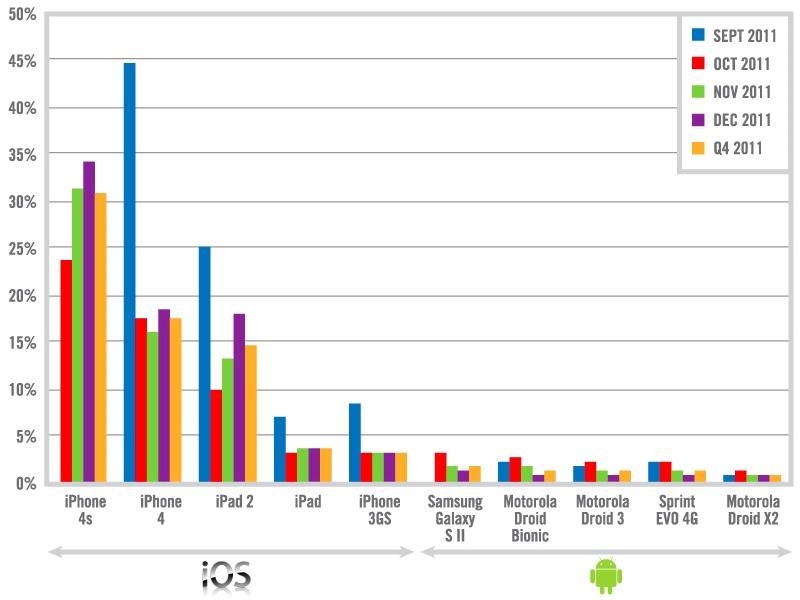
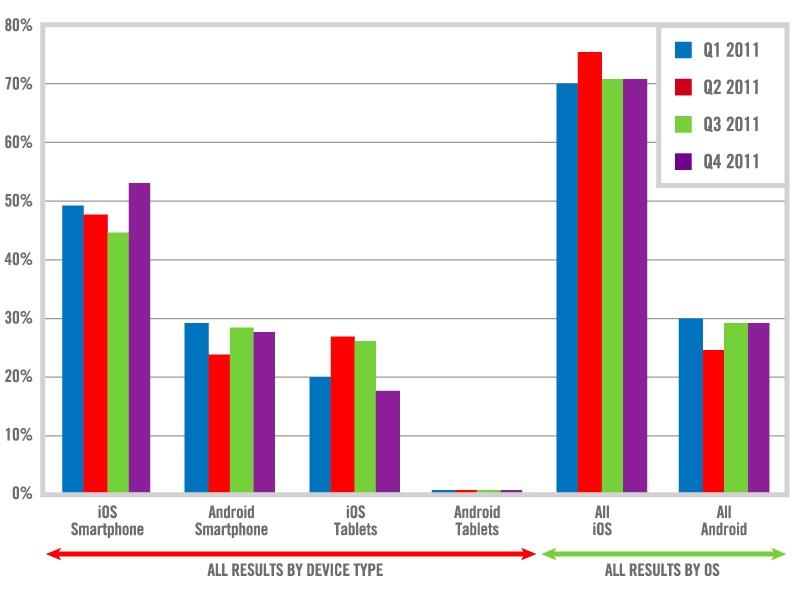
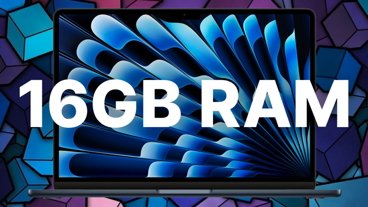
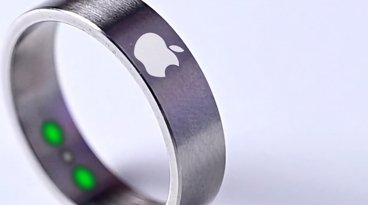
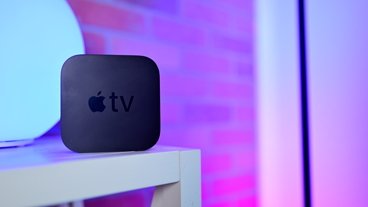

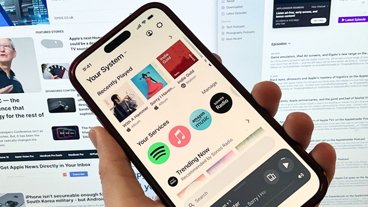
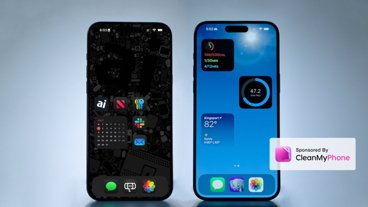
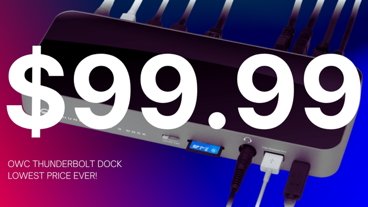
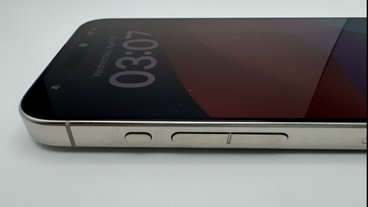
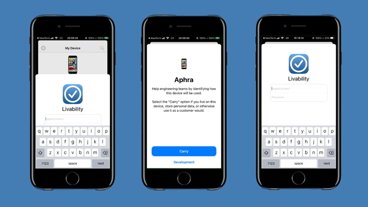
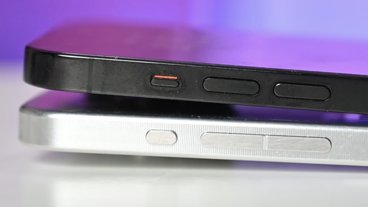
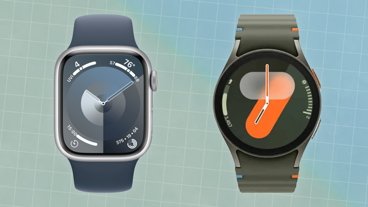

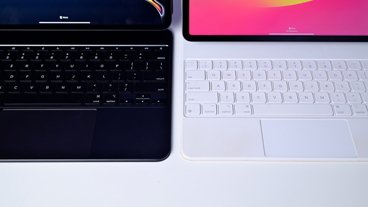

 Amber Neely
Amber Neely
 Thomas Sibilly
Thomas Sibilly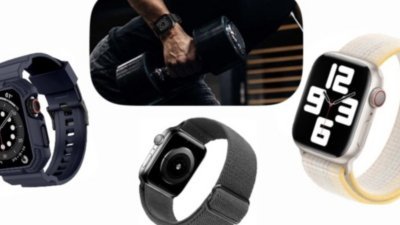
 AppleInsider Staff
AppleInsider Staff
 William Gallagher
William Gallagher
 Malcolm Owen
Malcolm Owen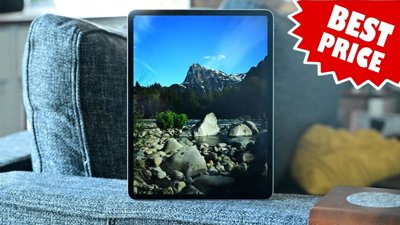
 Christine McKee
Christine McKee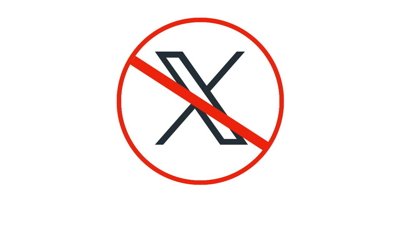
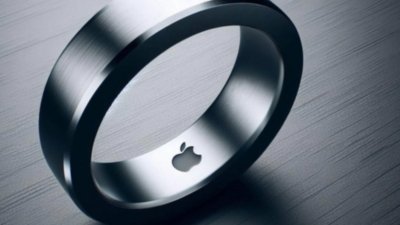

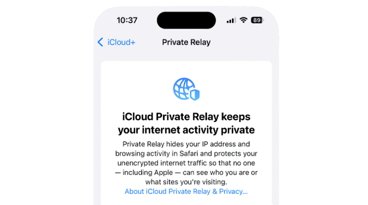

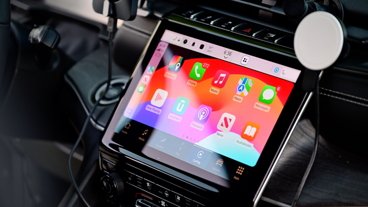
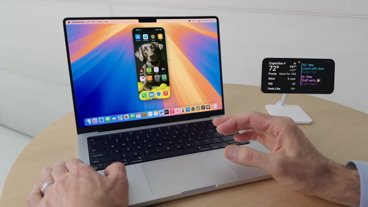

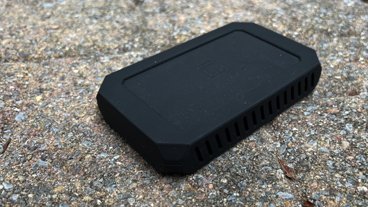
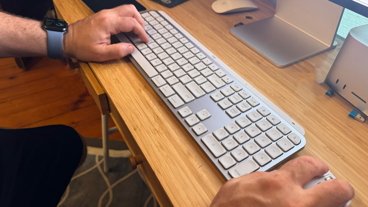

34 Comments
Nice to finally see a believable number related to tablets. Last year all the analysts were saying the iPad had about 50% market share which was totally bogus.
Apple is only used out of compulsion by users, esp seniors. Apple does not cater to IT departments and they will jump ship as soon as they. This is almost a religious zeal.
Regarding Good, their iPhone and iPad support is marginal with lots of performance and behavior problems. Aside from poor attachment compatibility and PKI support they remain rather unresponsive. It's almost as if they are slow rolling the app until they can get off of Apple.
Nice to finally see a believable number related to tablets. Last year all the analysts were saying the iPad had about 50% market share which was totally bogus.
The iPad actually does only have a 50% tablet market share... of the number made.
Of the number actually in users hands, well, that number is over 90% imo.
Android's 50% is broken up this way:
20% have actually been sold (of which 40% are being used... the rest are being used: to level dressers, as a fetch item for the dog, in the bottom of bird cages, [as door stops])
15% are still in the channel, somewhere, nobody is actually sure where
65% are being used by unicorns
I think the consumer is beginning to realize that not all tablets are created equal and if you buy an Android tablet, you're essentially getting junk. I'd call an Android tablet a "doorstop", but that would be insulting to real doorstops.
You get what you pay for.
what does the consumer have to do with the enterprise market?